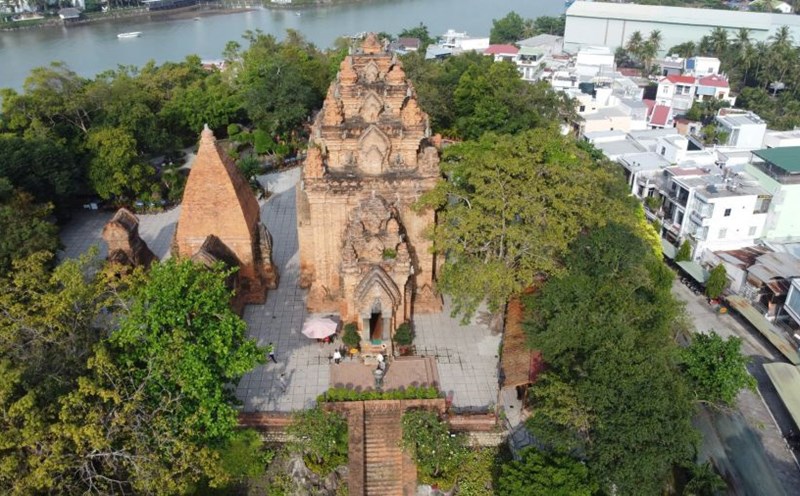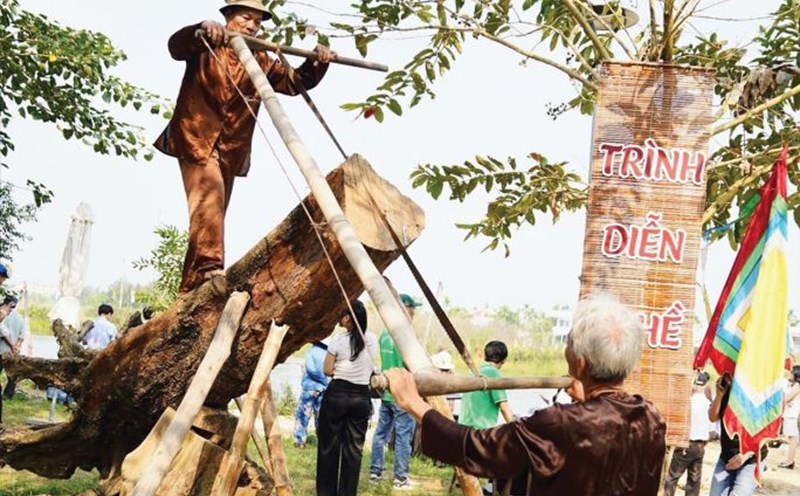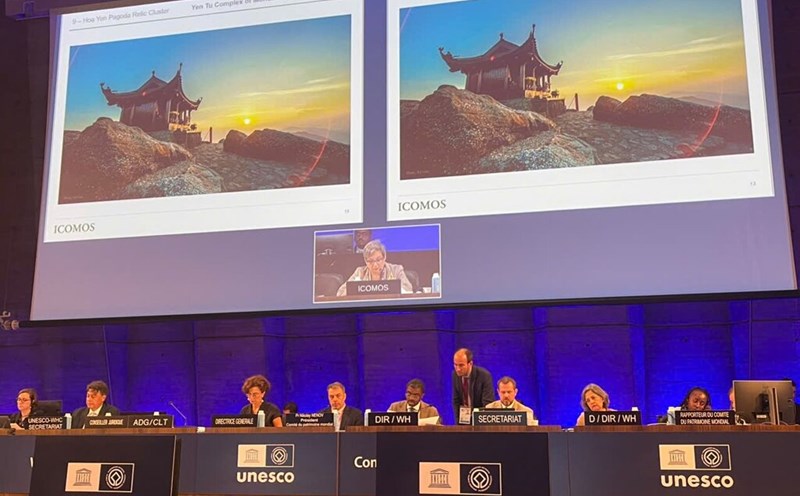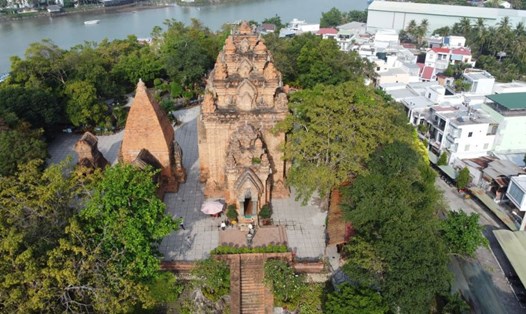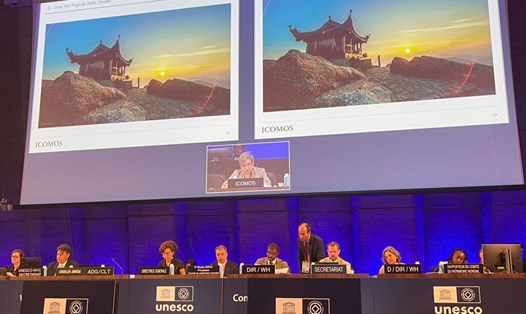Mr. Nguyen Viet Dung - Director of the Department of Culture - Sports and Tourism of Quang Ninh province - said: "The important task after the World Cultural Heritage is recognized as 3 provinces and cities will coordinate to develop a comprehensive plan for the entire complex of 12 relic sites; implement archaeology, conservation, and promotion of heritage values according to the 1972 Convention of UNESCO. At the same time, it is necessary to determine the environmental resilience to ensure sustainable tourism development. The Department has developed a coordination plan to send to Hai Phong and Bac Ninh for synchronous implementation".
The World Cultural Heritage Complex is spread across three provinces and cities: Quang Ninh, Bac Ninh and Hai Phong, including 12 relic sites (Yen Tu Pagoda, Am Ngoa Van, Thai Mieu, Bai co Bach Dang, Lai Pagoda (Quang Ninh), Bo Da Pagoda, Vinh Nghiem Pagoda (Bac Ninh), Con Son Pagoda, Kien Lap Bac, Thanh Mai Pagoda, Kinh Chu Pagoda, Nham Duong Pagoda (Hai Phong) with a core area of 525.75 hectares and a buffer zone of 4,380.19 hectares.
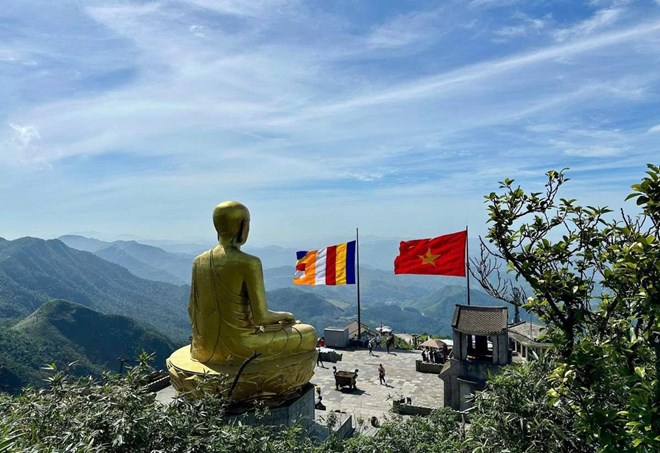
The special feature of the complex is the close connection between relics over many centuries, creating a complete system reflecting the formation, development and spread of Truc Lam Buddhism. From the sacred Yen Tu mountain to Vinh Nghiem pagoda, Con Son - Kiep Bac, each location has profound historical, cultural and spiritual values.
According to Mr. Vu Dinh Tien - Deputy Director of the Department of Culture - Sports and Tourism of Hai Phong city: "Being honored by UNESCO is a great advantage for tourism development, but also poses challenges in management work. In the immediate future, the department will advise the city to elevate the Con Son - Kiep Bac Autumn Festival to the World Cultural Heritage title.
The city will promote communication, promote, and connect 12 relic sites in the heritage complex to create thematic routes and tours such as: "Following the footsteps of the three groups of Truc Lam", "Exploring the heritage of Con Son - Kiep Bac", "A journey of 5 destinations".
Mr. Truong Quang Hai - Deputy Director of the Department of Culture - Sports and Tourism of Bac Ninh province - said: "During the process of reviewing the relic cluster as a World Cultural Heritage, the World Heritage Committee paid special attention to the management and promotion of heritage values.
Accordingly, Bac Ninh, Quang Ninh and Hai Phong will continue to coordinate to build a strategy for conservation and promotion, highlighting the global value of the heritage complex".
The fact that the Yen Tu - Vinh Nghiem - Con Son, Kiep Bac Relic and Scenic Landscape Complex was recognized by UNESCO not only affirms the unique cultural and spiritual values of Truc Lam Buddhism, but also opens up opportunities for tourism and economic development in the region.
However, for heritage to truly shine, it requires the cooperation and close linkage of Quang Ninh, Bac Ninh and Hai Phong in preserving, managing and sustainably promoting the global value of heritage.
On July 12, 2025, at the 47th session of the World Heritage Committee, the Yen Tu - Vinh Nghiem - Con Son Relic and Scenic Landscape Complex, Kiep Bac was officially recognized as a World Cultural Heritage under Decision No. 47 COM 8B.22.
This is the first chain-shaped World Cultural Heritage of Vietnam, and the second inter-provincial Heritage among the total 9 World Heritage Sites of Vietnam recognized by UNESCO.
The register is based on criteria (iii), a special testament to the unique combination between the state, religion and people in the process of forming Vietnamese cultural identity, contributing to maintaining regional peace.
According to criterion (vi), the heritage reflecting the global value of Truc Lam Buddhism - originating from Yen Tu - with enduring influence, is still maintained through rituals, pilgrimages, domestic budgets and the international community.

